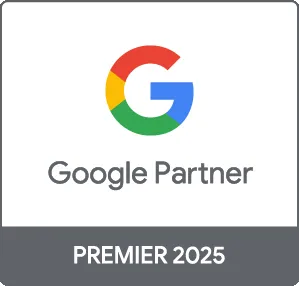Advertising through Google is an essential strategy for businesses aiming to increase their online visibility and reach targeted audiences effectively. Google Ads offers various formats, including search ads, display ads, and video ads, allowing marketers to engage users across multiple platforms. In this guide, we will explore how to create an effective Google Ads campaign, optimize your advertisements for better performance, and maximize your return on investment.
Understanding Google Ads
Google Ads is an online advertising platform where advertisers can display ads to users searching for specific keywords on Google and its partner sites. The platform operates on a pay-per-click (PPC) model, meaning you pay only when someone clicks on your ad. This makes it a cost-effective way to drive traffic to your website.
Setting Up Your Google Ads Campaign
Getting started with Google Ads involves several key steps:
- Create a Google Ads Account: Sign up for an account by visiting the Google Ads homepage and following the prompts.
- Define Your Goals: Determine what you want to achieve, such as increasing sales, generating leads, or building brand awareness.
- Choose Your Campaign Type: Select from various campaign types based on your goals, including Search, Display, Video, or Shopping ads.
- Select Target Keywords: Conduct keyword research to identify relevant keywords that potential customers might use.
Creating Effective Ads
To create ads that attract clicks, consider the following tips:
- Write Compelling Ad Copy: Use clear, persuasive language and include a strong call to action.
- Utilize Ad Extensions: Enhance your ads with additional information like site links, phone numbers, or location information.
- Choose Engaging Visuals: For display and video ads, select eye-catching images or videos that resonate with your audience.
Optimizing Your Google Ads Campaign
Regular optimization is crucial for maintaining the effectiveness of your ads:
- Monitor and Adjust Bids: Periodically review your bid strategy and make adjustments based on performance data.
- Test Different Variations: Experiment with different headlines, descriptions, and visuals to see what performs best.
- Track Your Performance: Utilize Google Analytics to measure the effectiveness of your campaigns against your goals.
Calculating Return on Investment (ROI)
Understanding the ROI of your advertising efforts is essential for justifying your marketing budget. Calculate ROI by comparing the revenue generated from your ads against the total cost of the advertising.
Conclusion
Advertising through Google can significantly enhance your business's online presence and drive impactful results. By setting clear goals, creating compelling ads, and regularly optimizing your campaigns, you can leverage the full potential of Google Ads to connect with your audience effectively. If you need assistance in navigating the complex landscape of Google Ads, Prebo Digital is here to help. Contact us to learn more about our Google Ads management services!





